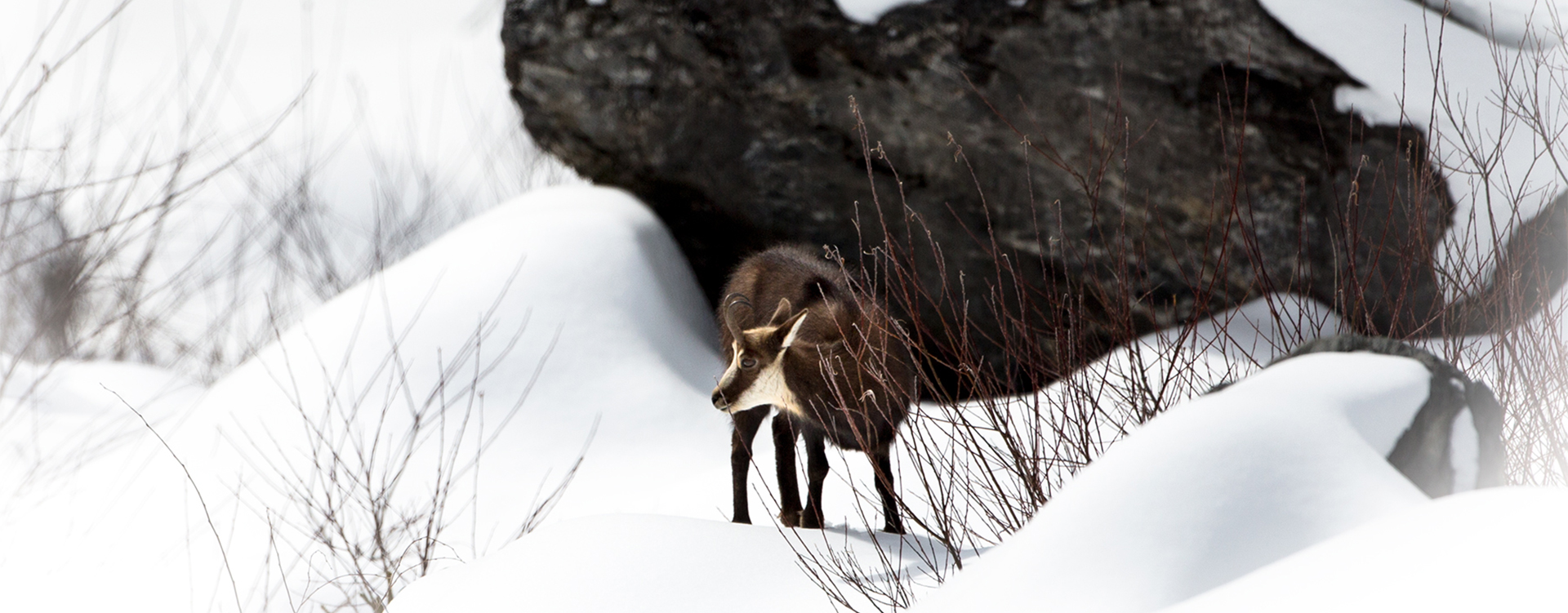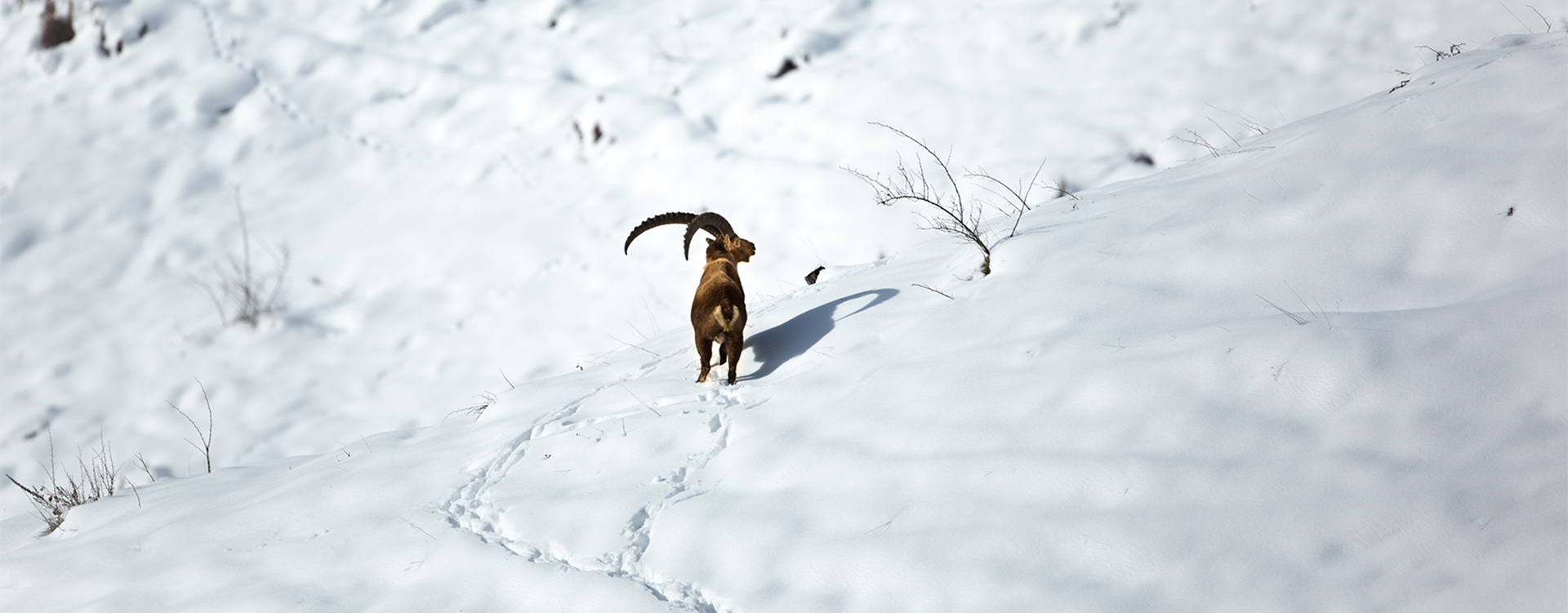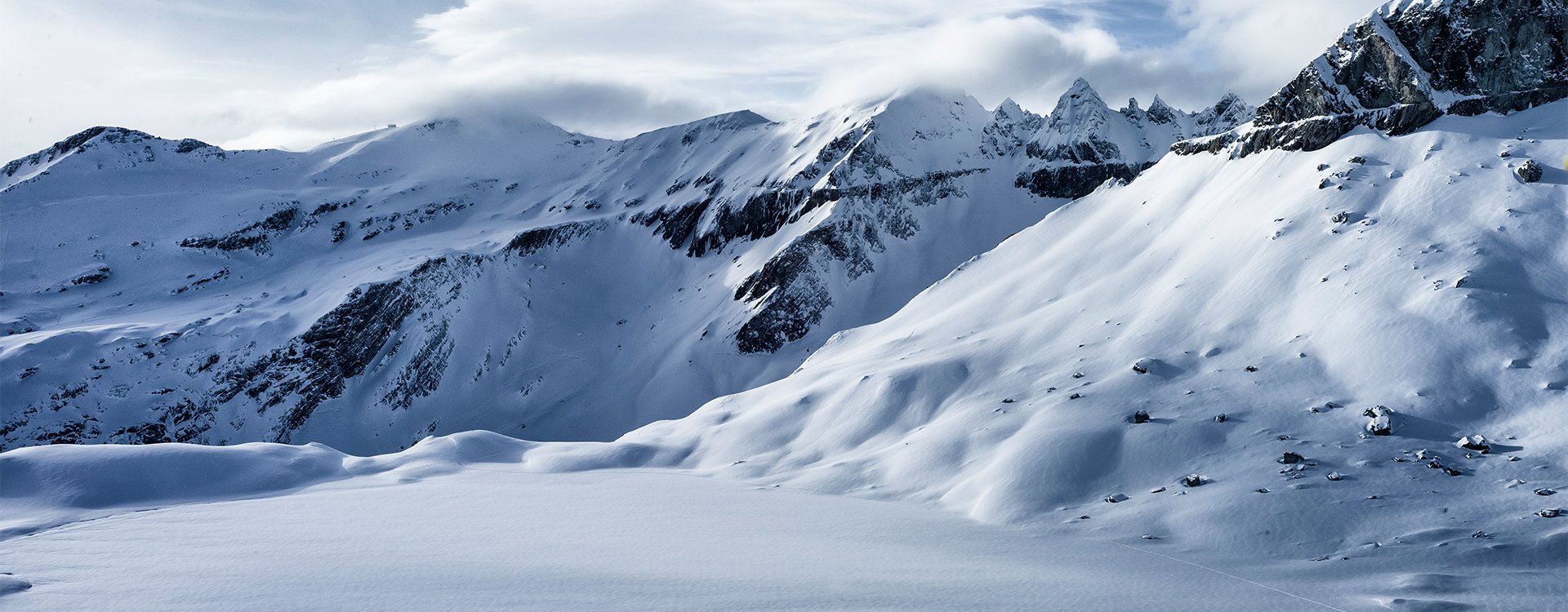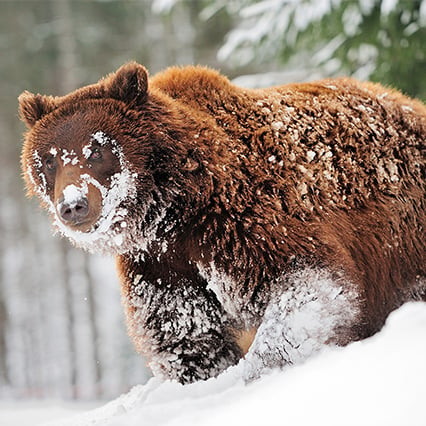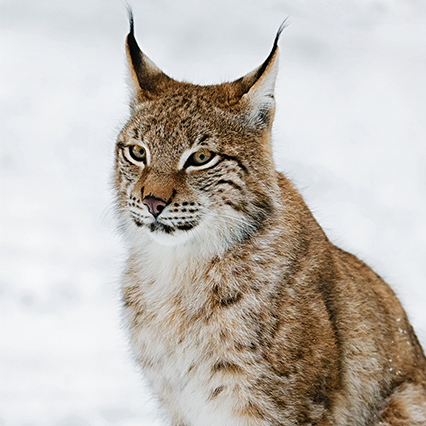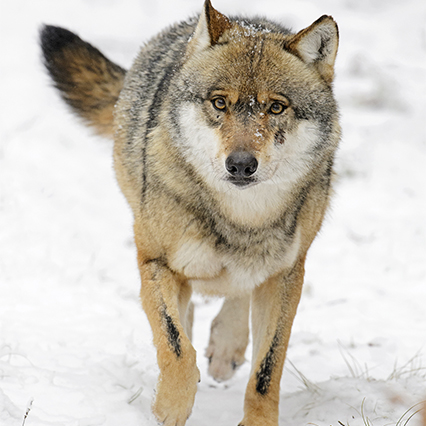Specials
Out in the wild
Usually, all you will see of them is their tracks in an untouched snowy landscape. Perhaps those of a mountain hare, or even of an ibex. So many different species of animal live at various altitudes in Flims Laax, but prefer to keep to themselves. In addition to brown hares, mountain hares and ibex, they also include red deer, chamois, roe deer, ptarmigans, black grouse, wood grouse, foxes and badgers – and lots of marmots, which, however, make themselves scarce in winter, busy with the business of sleep. A pair of eagles has also settled on the Flimserstein, and now and then bearded vultures come to visit. They all somehow have to deal with the activities of tourism and the use of their habitat by humans as a recreational space.
Dangerous stress
The time during the winter months, explains Claudio Spadin, Flims gamekeeper, is particularly challenging for all wildlife. Food is scarce and usually low in nutrients, the days are short, and moving through the snow demands a great deal of energy. In addition, temperatures can sometimes be extremely low. The animals need to keep their energy consumption low if they are to overcome this difficult period. It is therefore important that they are not subjected to repeated, unexpected disruptions that make them feel threatened and stressed. Every time they flee from “intruders” in their habitat, it costs them energy they should be using to survive, and if it happens too often then they risk becoming so weak that they ultimately die. “This stress is particularly dangerous for all hoofed species, i.e. deer, chamois and ibex, as well as for hares and fowl,” says Claudio Spadin. In order to protect the wildlife, cantonal and municipal authorities have joined forces with the Swiss Federal Office for the Environment FOEN to create special refuge areas and define sanctuary zones and wildlife protection areas.
Flims Laax Falera is home to over a dozen such refuge areas, including the zones with flight restrictions for paragliders and hang-gliders. The protected areas are indicated on the skiing and snow touring maps as well as on the Flims Laax slope map. Wildlife protection areas are primarily intended to help with the planning of hunting activities, which means that these zones are subject to a total or partial hunting ban throughout the year. At the same time, recreational use is also restricted. In the wildlife sanctuary zones, on the other hand, the aim is to provide the animals space in winter where they will not be disturbed by humans. Wildlife sanctuary zones must not be accessed at all, or only on marked routes. A distinction is made between legally binding and recommended wildlife sanctuary zones. In Flims Laax, all of these zones are legally binding. Anyone who does not respect them should expect to be penalised as a result.
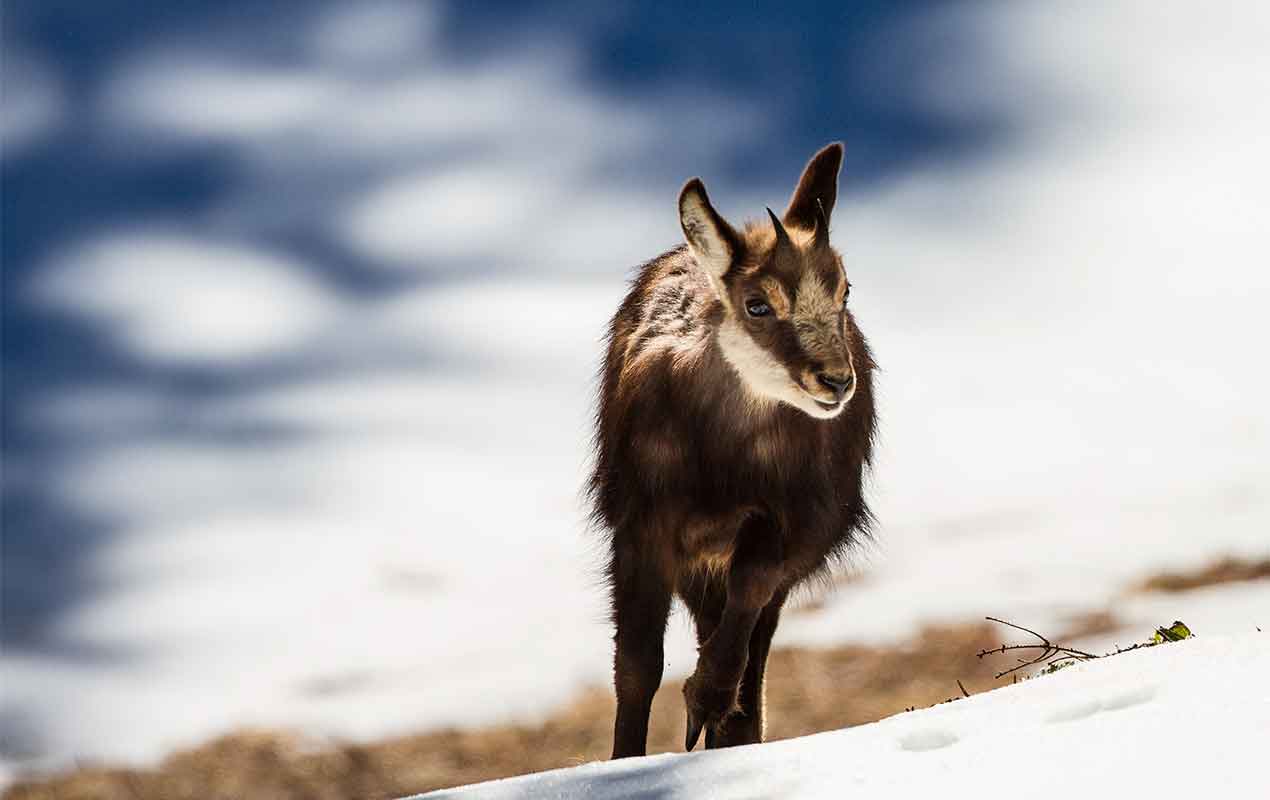
An appeal to all winter sports enthusiasts
The top priority for gamekeeper Claudio Spadin is to ensure that wildlife sanctuary zones are respected by winter sports enthusiasts. With this in mind, he has contributed to a video with the title “Respect Wildlife” published at www.laax.com, which promotes wildlife-friendly behaviour among freeriders. The video is part of an extensive campaign entitled “Respect to protect” initiated by the Swiss Federal Office for the Environment FOEN and the Swiss Alpine Club SAC. The call for nature-friendly and respectful behaviour towards wildlife is directed at freeriders, offpiste skiers, ski tourers, snowshoe hikers and other winter sports enthusiasts out and about in the mountains.
There are two more zones in the LAAX ski resort dedicated to protecting the natural environment. Here, the primary aim is to preserve the forest as a habitat for plants and animals. Forestry management activities are strictly limited, or banned altogether. The Stretg natural forest reserve is home to various kinds of grouse – wood grouse, black grouse and hazel grouse. An additional special forest reserve was created particularly for wood grouse and black grouse, with a view to providing them with a safe habitat. Both protection areas form part of the overall wildlife sanctuary zones in winter. If you do happen to encounter one of the shy mountain inhabitants, however, it is important to keep your distance and avoid making any noise.
Biodiversity in Flims Laax Falera
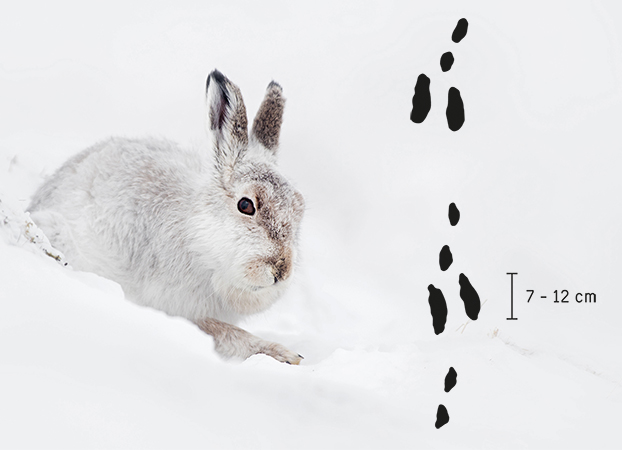
Mountain hare
the mountain hare changes its fur three times over the course of the year: in autumn it is first grey-brown and then white, while in spring it turns grey-brown again, and in summer brown. the mountain hare lives in open spaces above the tree line, as well as in sparse woodland during the winter. this nocturnal animal can dig holes in the snow in search of protection or food.
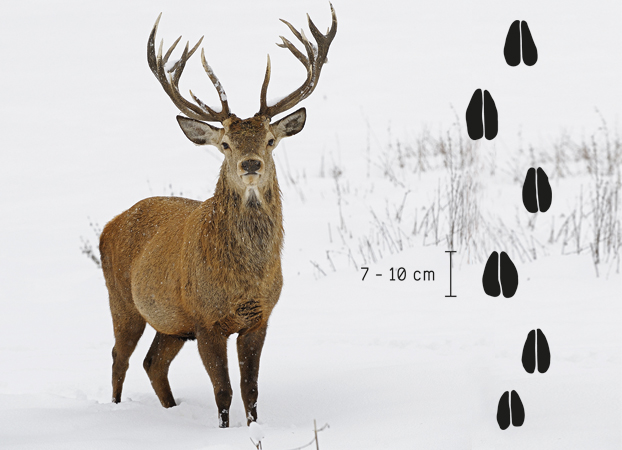
Red deer
Male red deer have antlers made of bone, which they shed every year between February and april. red deer live in herds, separated by sexes almost the entire year. They prefer extensive forest areas bordering on open land.
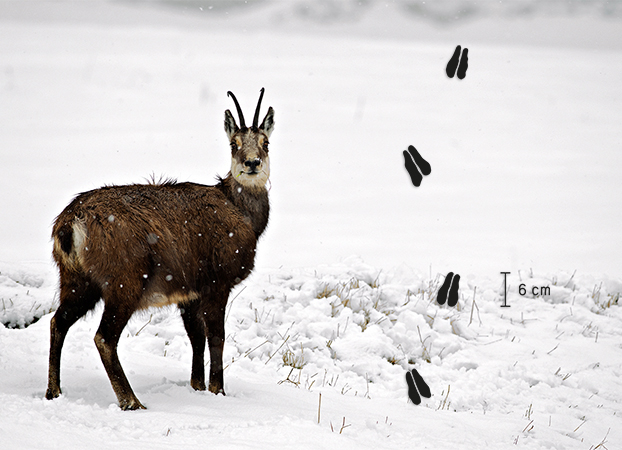
Chamois
Does, fawns and yearlings form a herd of up to 30 animals or more. While chamois often live lower down the mountain in winter than in summer, some spend the entire year at higher altitudes. they can be found above all on sunny slopes that are quick to reveal bare patches following snowfall.
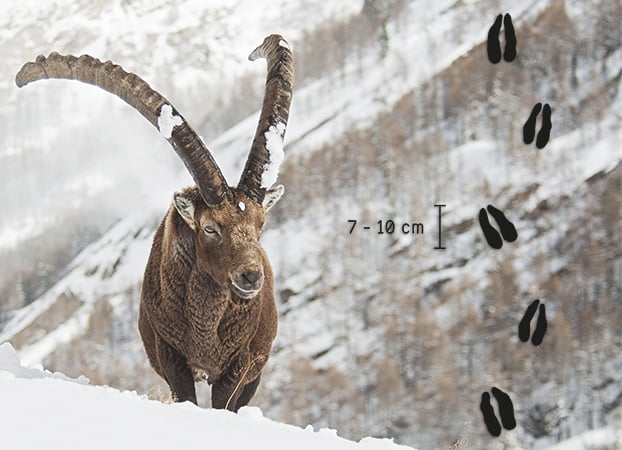
Ibex
Ibex have unique hooves that enable them to climb the most challenging terrain. they spend most of the winter at moderate altitudes on steep, sunny slopes. In particularly harsh winters, they move to locations below the tree line.
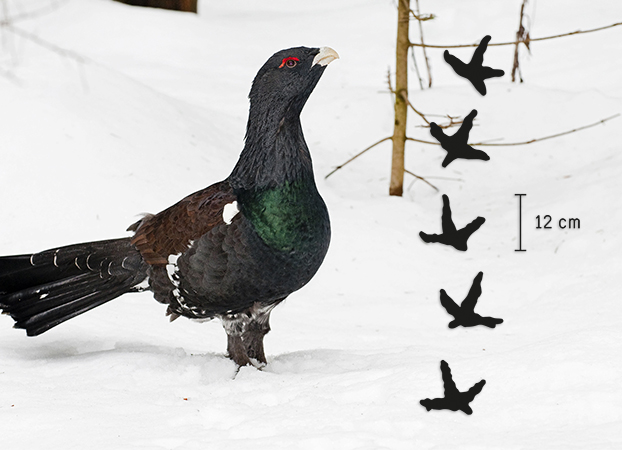
Wood grouse
the wood grouse is at risk of becoming extinct, with just between 450 and 500 cocks left in Switzerland. the wood grouse is a forest animal that lives in sparse, highly structured forests. It puts on a particularly
impressive mating display.
We're back
The wolf, bear and lynx are three large predators that had become extinct in Switzerland – but have returned in recent years, coming in from Italy and France.Not everyone is happy with the new arrivals, however, and conflicts with hunters and livestock farmers occur often. The Swiss Federal Office for the Environment FOEN has therefore devised special concepts for the wolf, bear and lynx, governing the coexistence of humans and animals. All three animals are, in principle, considered native and protected species.In recent years, some of these large predators have also been spotted in the Surselva, which extends from Flims to Disentis, or have even settled there. An entire pack of wolves, for example, has been living on nearby Calanda, the mountain closest to Chur, since 2012. Some of the members of this pack have also been sighted in Flims. Several lynx are currently living in the upper part of theSurselva, but none have been seen in the Flims Laax region so far. When it comes to the lynx, however, the Swiss Federal Council took control of its fate and launched a resettlement programme already back in 1971. Switzerland’s latest newcomer is the golden jackal. In January 2015, a hunter accidentally shot and killed a young male golden jackal during the hunt in the Surselva, having mistaken it for a fox. While a golden jackal had been recorded several times by wildlife cameras in North-Western Switzerland back in the winter of 2011/2012, the shooting in the Surselva provided the first physical proof of the animal’s presence. Hunting regulations were revised immediately, and the golden jackal joined the other three on the list of protected large predators.The bears are backIt was the return of the bear, however, that caused the biggest sensation. In July 2005, 100 years after having become extinct in Switzerland, a bear was seen again for the first time in the national park in the Engadin. Since then, brown bears have been known to periodically move over into Switzerland from Italy’s Adamello Brenta National Park.

